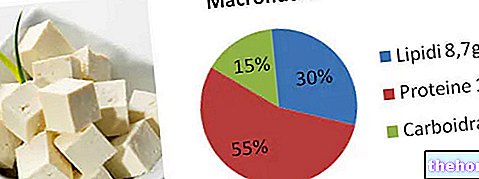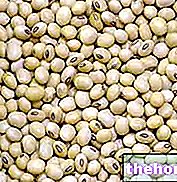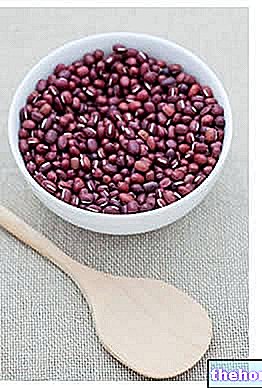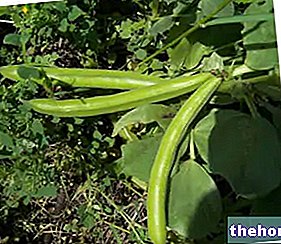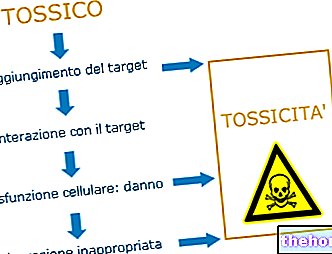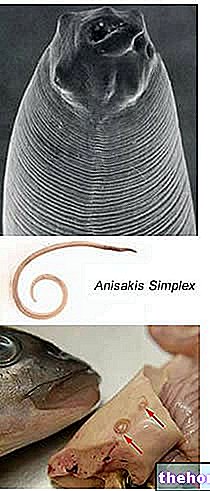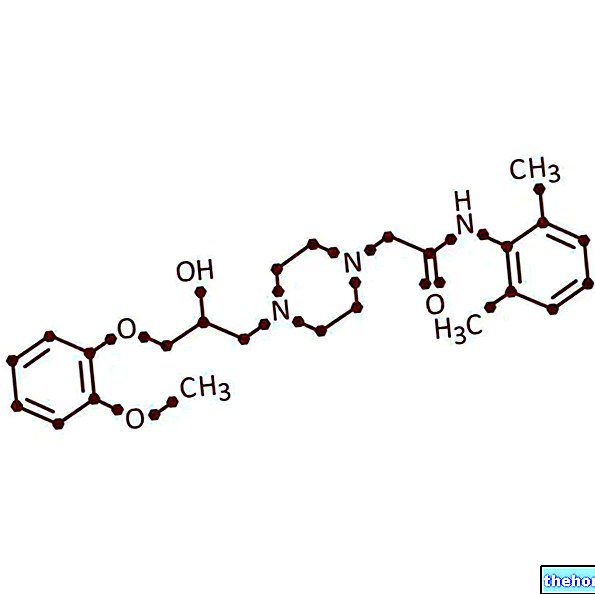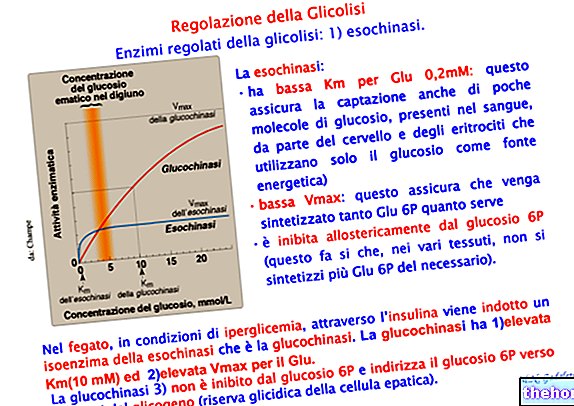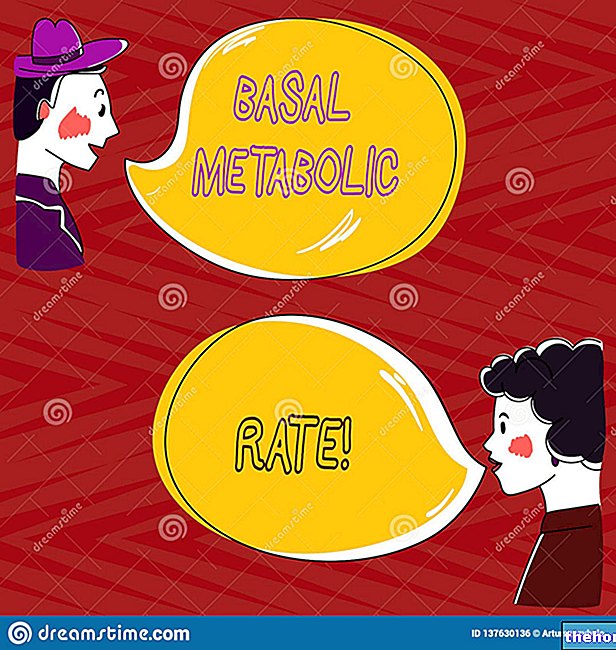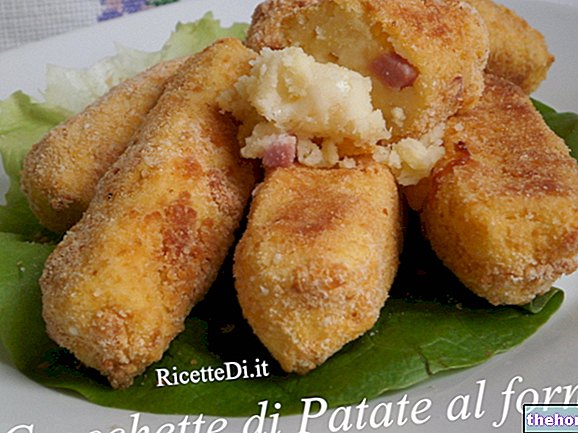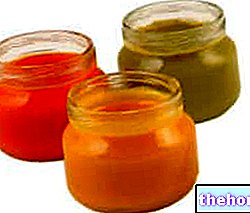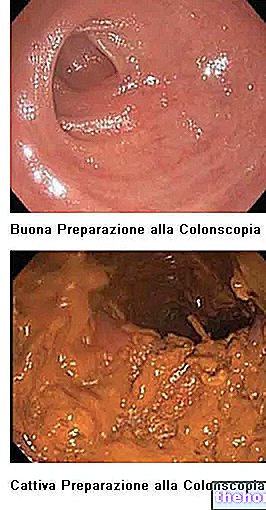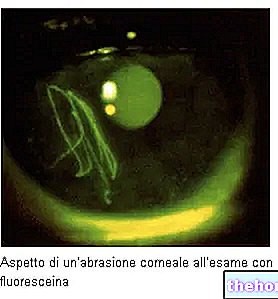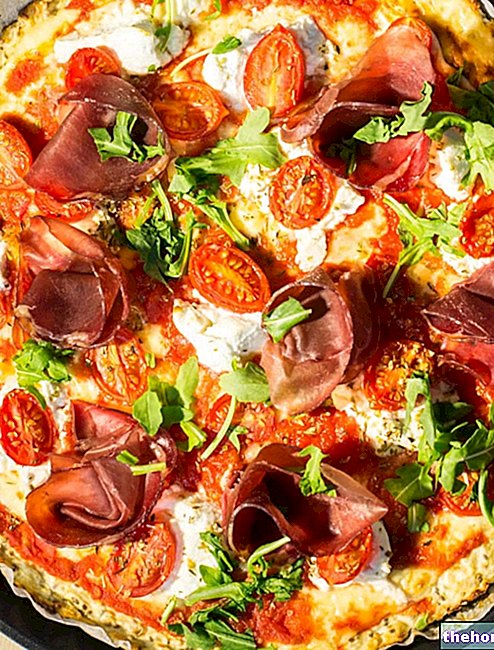Chickpeas
THE chickpeas are the seeds of a herbaceous plant belonging to the Fabaceae family, Genus Cicer, Species arietinum (binomial nomenclature Cicer arietinum L.).

Curious is the assimilation between chickpea and Lathyrus sativus, or rather called "cicerchia". The latter, although part of the same family (Fabaceae), belongs to a completely different Species and Genus. The derivation of the name is probably a misunderstanding linked to the similarity (though not astonishing) of the seeds.
The chickpea plant has an annual cycle. It appears low, with rather deep roots, branched stems slightly curved and covered with a thin hair; the leaves are elliptical and opposite, pale green. The flowers are pink or red, while the seeds (contained in small pods and covered by a transparent fibrous integument) are pigmented with yellow-beige and have a spherical but irregular shape; their size is larger than the well-known peas but smaller than the less common lupins.
The chickpea plant is particularly resistant to drought. It is cultivated both in temperate climates and in almost arid environments; sowing takes place in winter. The chickpea plant does not tolerate compact soils and those that are too irrigated or stagnant; it needs good concentrations of phosphorus and less nitrogen. It especially fears cryptogamic attacks from rust And anthracosis.
The chickpeas (seeds) are therefore legumes, therefore foods of vegetable origin belonging to the IV group (see: The Seven Food Groups). They contain several carbohydrates, fibers, magnesium, potassium and B vitamins; also the protein intake is not negligible.
The world consumption of chickpeas is very high and, among legumes, is preceded only by that of soy and beans.
While it represents a primary food source in India, in Italy chickpea is not particularly widespread and its use is concentrated in the south and in Liguria.
Chickpea flour
The earliest archaeological evidence of the cultivation of Cicer arietinum come from Iraq And date back to the very ancient Bronze Age (3,500-1,200 BC). After that, the cultivation of chickpea spread to Egypt and the Roman Empire. Currently, the chickpeas and the resulting flour are mainly consumed in India and Pakistan.
The chickpea flour is the result of the particularly fine grinding of the dried seeds of Cicer arietinum even if, in general, the varieties involved are NOT the same intended for whole consumption. In fact, mainly oriental or overseas varieties are ground for chickpea flour; this preference has no reasons related to the chemical characteristics of the seed, but is the result of commercial and economic reasoning. Foreign ones, for numerous reasons (yield per hectare, areas to be cultivated, cost of labor, valuation of the currency, etc.), are in fact generally cheaper chickpeas, therefore they are more suitable for grinding.
A very small slice of production is instead attributable to the pulverization of Italian chickpeas (European variety) which, in general, are produced with the organic farming disciplinary and "stone" ground; obviously, the cost of the latter is considerably higher (around 5 € / kg).
The most common chickpea flour is of the refined type, since the sieve component is added to the grinding.

Nutritional values (per 100 g of edible portion)
Chickpea flour is widely used in Liguria, where the farinata it is considered a typical local specialty. It is a kind of very low "pancake", mixed only with chickpea flour, water, salt and olive oil; the farinata is usually cooked in a wood oven, but is sometimes cooked in a pan.
The chickpea flour is also used for the production of panissa, another Ligurian culinary specialty: this chickpea cake is covered with onions.
Chickpea flour is also used for more sophisticated cooking recipes, such as: chickpea soup with prawns, chickpea bread, etc. There is no shortage of ethnic dishes, eg. falafel and hummus. Dozens of vegan recipes are also available: omelettes, pinzini, gnocchi, burgers, etc., and finally many formulas for the celiac diet (focaccia, the fresh pasta already mentioned, etc.).
The nutritional contribution of chickpea flour is almost comparable to that of dried chickpeas. It contains a considerable amount of energy, mainly supplied by complex carbohydrates. Proteins (with a medium biological value) also contribute to a large extent, while lipids are contained to an extent It should be borne in mind that, demonstrating its nutritional richness, chickpea flour is often used in vegan diets to complete the pool of essential amino acids. The fiber intake is excellent, while cholesterol is absent.
As for vitamins, chickpea flour provides good amounts of vitamin B1 (thiamin), vitamin A (retinol equivalent) and vitamin E (alpha tocopherol). With regard to mineral salts, the content of potassium, calcium, phosphorus and iron stands out above all.
The chickpea flour is suitable for any diet and, like other legumes, especially in the one against hypercholesterolemia. In the diet of the diabetic and hypertriglyceridemic it replaces that of cereals due to the lower glycemic index, while in the diet against the " obesity plays a fundamental role when used in the formulation of soupy (low-calorie) first courses.
However, it should be borne in mind that chickpea flour also contains molecules that can promote bloating and abdominal swelling; furthermore, due to the moderate content of phytic acid and phytates (anti-nutritional components), portions of reasonable quantities are always recommended.
Chickpea porridge (with a little oil)
Problems with playing the video? Reload the video from youtube.
- Go to the Video Page
- Go to the Video Recipes Section
- Watch the video on youtube
Other Foods - Legumes Peanuts Chickpeas and Chickpea Flour Cicerchie Beans Azuki Beans Green Beans Broad Beans Falafel Chickpea Flour Bean Flour Bean Flour Lentil Flour Pea Flour Soy Flour Legumes Lentils Lupins Peas Soy Jackdaws Tempeh Tofu Yogurt ARTICLES Soy OTHER Categories Alcoholics Meat Cereals and derivatives Sweeteners Sweets Offal Fruit Dried fruit Milk and derivatives Legumes Oils and fats Fish and fishery products Salami Spices Vegetables Health recipes Appetizers Bread, Pizza and Brioche First courses Second courses Vegetables and Salads Sweets and Desserts Ice creams and sorbets Syrups, Liqueurs and grappas Basic Preparations ---- In the Kitchen with Leftovers Carnival Recipes Christmas Recipes Diet Recipes Light Recipes Women's Day, Mum, Dad Functional Recipes International Recipes Easter Recipes Recipes for Celiacs Recipes for Diabetics Recipes for Holidays Recipes for San Valentino Recipes for Vegetarians Recipes p roteiche Regional Recipes Vegan Recipes


